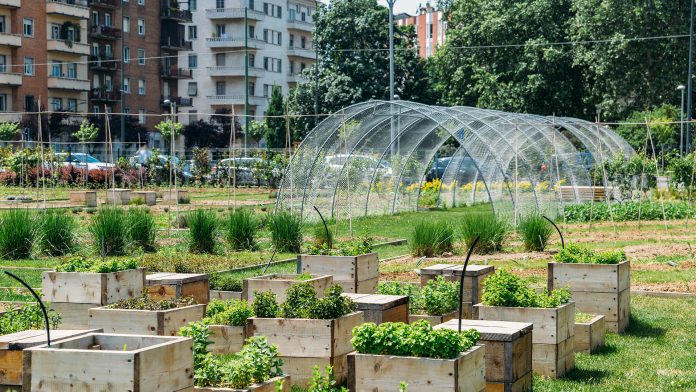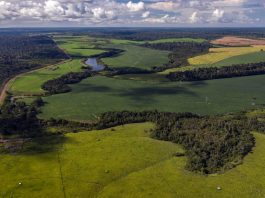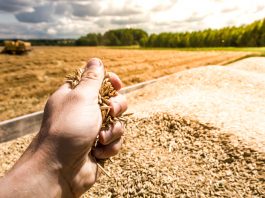In a new paper, a group of experts have explored the benefits and downsides of urban agriculture and outlined a framework for scaling it up.
It is expected that more than two-thirds of the global population will live in urban areas by 2050. The resilience of these areas may be compromised, however, by their heavy reliance on imported food.
Increasing urban agriculture has the potential to reinforce the sustainability and resilience of future urban areas.
In a new paper published in Nature Food, a group of experts have proposed a framework to increase agriculture in cities.
Benefits and drawbacks to urban agriculture
Urban agriculture has the potential to decentralise food supplies and can provide environmental benefits such as habitats for wildlife and mitigation of large environmental footprints.
This type of agriculture helps to increase the demand for locally grown products, subsequently reducing import costs. Like all forms of agriculture, it ensures that there is a constant provision of food with good nutritional value.
However, there are challenges concerning this type of agriculture that need to be addressed for it to be scaled up. For example, most of the major cities are densely populated, with no space for food to be produced.
As well as this, the crops that can be grown are susceptible to damage from wildlife, ultimately reducing crop production on the land.
Despite the drawbacks, the growing population and challenges associated with climate change underscore the importance of diversifying the food supply to ensure security. This type of agriculture could act as a key way to ensure food security as climate change becomes increasingly problematic for many communities.
Study co-author Chloe Wardropper, Assistant Professor in the Department of Natural Resources and Environmental Sciences in the College of Agricultural, Consumer and Environmental Sciences (ACES) at the University of Illinois Urbana-Champaign, said: “We need to consider all the tools in the toolbox for sustainability and resilience under climate change.
“Urban agriculture could be particularly important for cities like Miami whose imports could be cut off unexpectedly by extreme weather.”
The researcher’s framework
Although there are many environmental benefits to urban agriculture, there are still questions about the best method of scaling it up. Researchers must also look at which environmental, health, and equity concerns need to be addressed before policy recommendations can be implemented.
Wardropper said: “We propose a framework of three interconnected phases to better understand and shape urban agriculture growth in the future.
“The first phase of growth would include expanding individuals’ interest in, knowledge of, and access to resources to undertake agriculture in urban regions. This phase should be followed by institutionalisation or the transformation of rules and organisational support for urban agriculture. Third, economic and market growth would increasingly support and diversify urban food.”
However, urban-rural connections will remain important for global food security and consumption.









